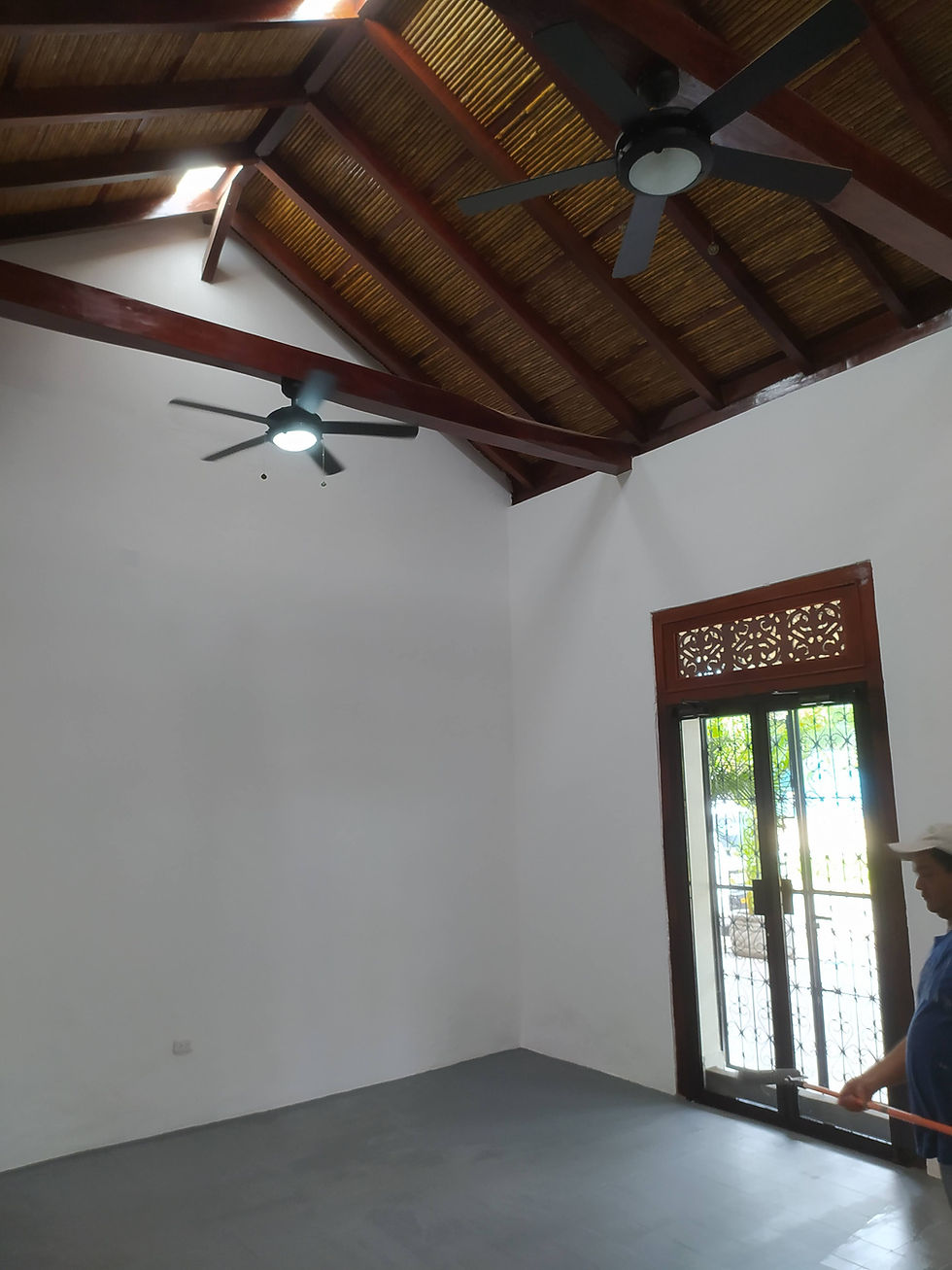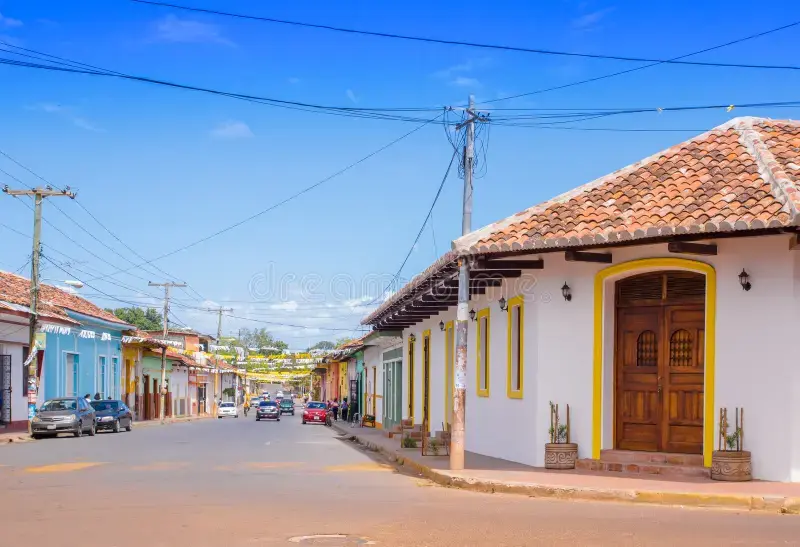The Ultimate Guide to Remodeling a Colonial Home in Granada, Nicaragua
- infoescalaarquitec
- Sep 4
- 2 min read
Remodeling a colonial house in Granada is an exciting project that merges the city's rich history with modern comforts. However, this type of remodel requires careful planning and a deep respect for the historic architecture. Here’s what you need to know before you embark on this construction and architecture project.

1. Understand Granada’s Colonial Architecture
Before you begin, it's essential to familiarize yourself with the distinctive features of Nicaraguan colonial architecture. Granada’s colonial houses are not just structures; they are heritage. Their key elements include:
Central Courtyards: The homes are built around an inner courtyard, which serves as an oasis of light, ventilation, and family life. Preserving this design is essential.
Clay Tile Roofs: Most roofs are pitched and covered with clay tiles, which are not only aesthetic but also help manage tropical rainfall.
Thick Walls and Large Windows: The thick walls provide natural insulation against the heat, and the large windows with wrought iron bars allow for air circulation.
Use of Wood and Ornamental Details: Wood is a key material for structures, doors, and windows. You'll often find ornamental carvings and stucco details on the facades.

2. Planning and Budgeting: Crucial Construction Aspects
Remodeling an old house can present unforeseen challenges, so detailed planning is vital.
Structural Inspection: Hire an architect or engineer with experience in colonial structures. They should inspect the foundations, walls, and roofs for hidden damage from termites, moisture, or age.
Realistic Budget: The cost of remodeling can vary widely. Be aware that traditional materials and specialized labor for restoration can be more expensive than those for modern construction. It's advisable to have a contingency fund for unexpected expenses.
Respect for the Original: A successful remodeling design integrates new amenities without sacrificing the original character. This means restoring, not replacing, whenever possible. For example, instead of changing wooden beams, you might reinforce or treat them.

3. Regulations and Construction Permits
Granada is a protected historical center, and any construction or remodeling project in the city center must comply with specific regulations to preserve cultural heritage.
Construction Permits: Before any work, it is imperative to obtain the necessary permits from the local municipality and any other government entity responsible for heritage.
Hire Local Professionals: Working with local architects and builders who have experience in similar projects and are familiar with the permitting process can save you time and prevent legal issues.

4. Choose the Right Professionals for Your Project
The success of your remodel will largely depend on the people you hire.
Specialized Architect: Look for an architect who not only designs modern spaces but also has a deep appreciation and knowledge of colonial architecture.
Trusted Builder: Choose a construction company with a proven track record in the restoration and remodeling of old buildings. The ability to work with traditional materials and solve complex problems is invaluable.

In summary, remodeling a colonial home in Granada, Nicaragua, is an investment in the future of a historic property. By following these guidelines and working with architecture and construction experts, you can transform your property into a modern gem that retains the charm and beauty of its past.









Comments